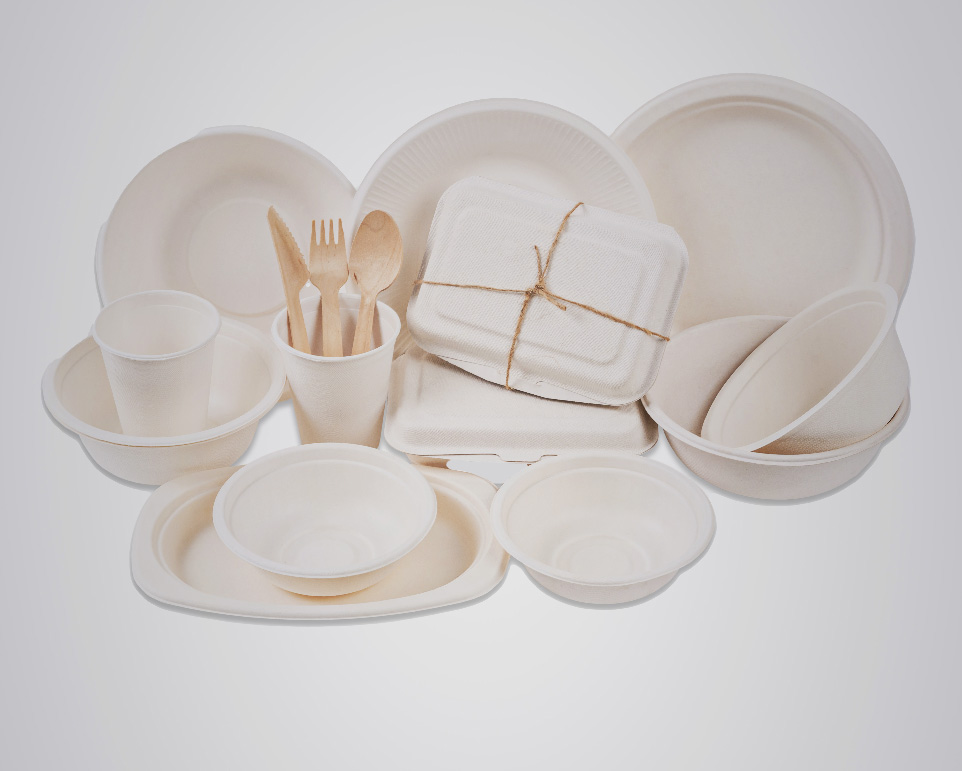Bagasse: A Versatile Biomass Resource
Bagasse is the dry, pulpy fibrous residue left behind after the extraction of juice from sugarcane. Bagasse finds application across several industries, serving as a key player in biofuel production, pulp and paper manufacturing, and even construction materials. Similar in nature, agave bagasse represents the remnants left after the extraction of blue agave sap.
The term “bagasse” finds its roots in the French and Spanish languages, meaning “refuse” or “trash.” Initially used to describe waste from pressing olives, palm nuts, and grapes, it later encompassed the by-products of sugarcane and sugar beet processing, especially in sugarcane mills.
Bagasse comprises the solid residue remaining once the liquid components are extracted from plants. It predominantly consists of heterogeneous “pith” fibres, including parenchyma tissue, bast, rind, or stem fibres of the sclerenchyma.
For every 10 tonnes of sugarcane crushed, approximately three tonnes of wet bagasse are produced. However, due to its high moisture content, typically around 40–50 percent, direct utilization as fuel presents challenges. Therefore, bagasse is often stored before further processing.
Uses
Bagasse finds diverse applications across industries:
- Biochar Production: Extensive research explores transforming sugarcane bagasse into biochar, offering energy recovery and utilization opportunities through innovative thermochemical and biochemical techniques.
- Fuel Source: Sugar mills commonly utilize bagasse as a primary fuel source, generating sufficient heat energy to power the mill and even contribute excess energy to the electrical grid.
- Pulp and Paper Manufacturing: Bagasse serves as a sustainable alternative to wood in the production of pulp, paper, and board, offering properties suitable for various applications.
- Food Packaging: Bagasse, being biodegradable and compostable, is increasingly used in the production of food packaging materials such as plates, bowls, cups, and takeaway containers. Its natural fibrous structure provides strength and durability while offering an eco-friendly alternative to traditional plastic packaging.
- Nanocellulose: Bagasse holds potential for producing nanocellulose, a high-value product with diverse industrial applications.
- Health Impact: Workplace exposure to bagasse dust poses health risks, potentially leading to bagassosis, a subtype of chronic lung condition. However, processed sugarcane fibre derived from bagasse may offer health benefits when incorporated into human food.
Bagasse emerges as a versatile biomass resource, offering sustainable solutions across various sectors while contributing to resource efficiency and environmental sustainability.
Magna Foodservice has a range of bagasse products and is continuously developing based on the demands of the market.

